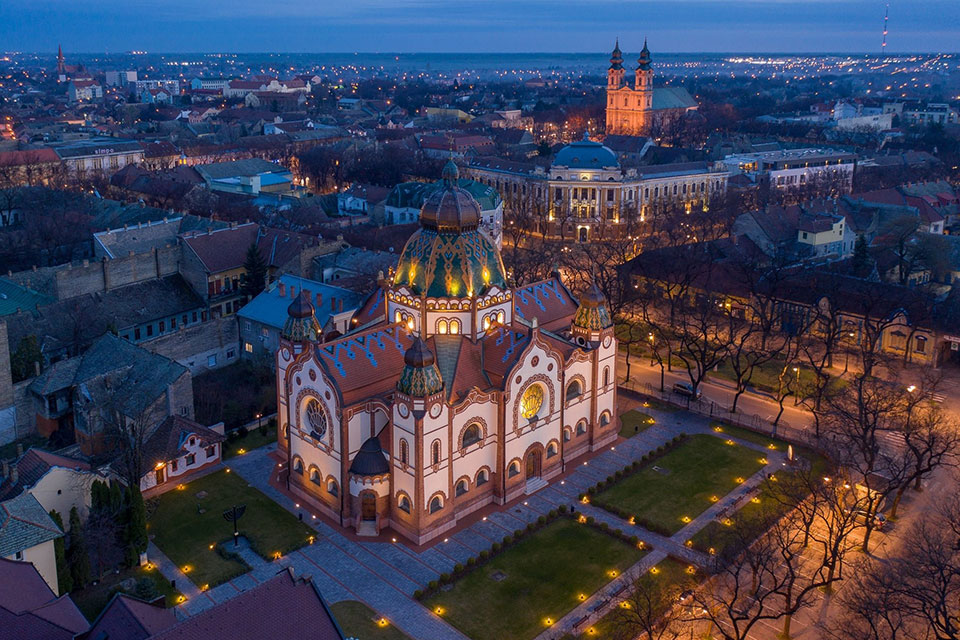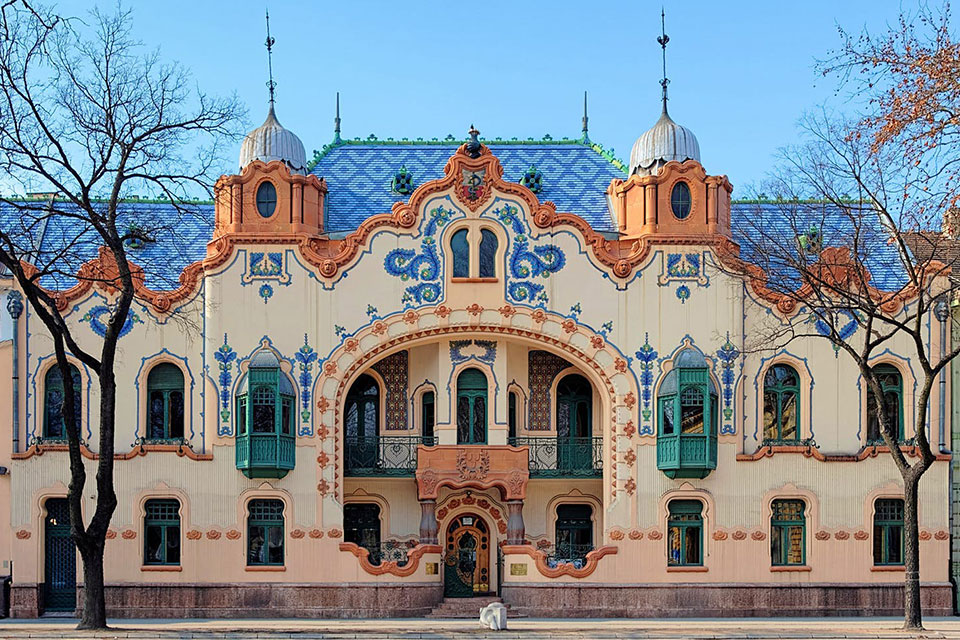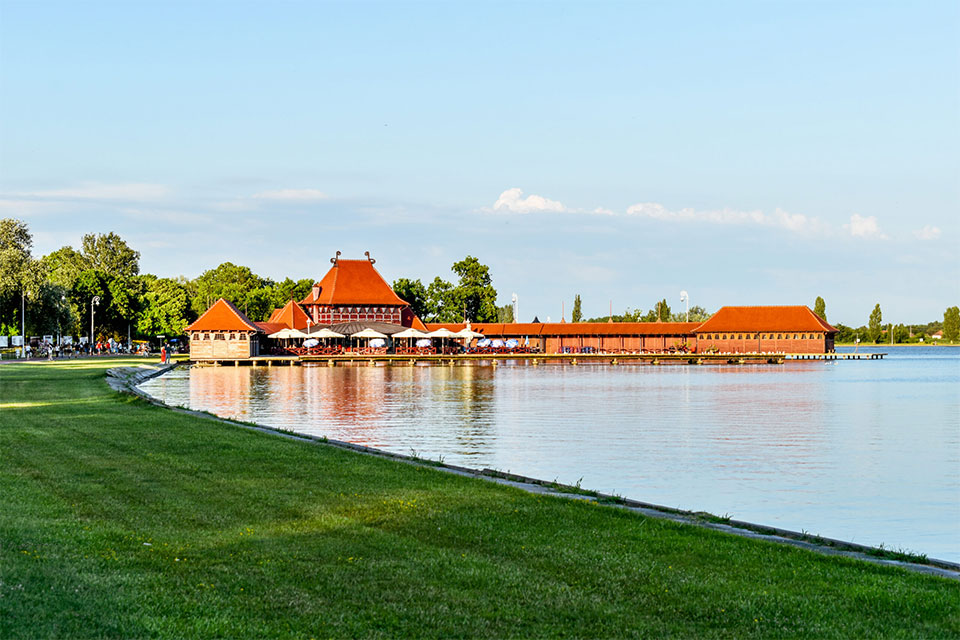Subotica & Palić lake
Meet
Subotica
The city of Subotica is located in the north of the Republic of Serbia, along the main European corridors and between two rivers: the Danube and the Tisza. Subotica itself has a long history and is known in the world as a city of art nouveau with a unique architecture that is carefully nurtured and maintained. Its first records date back to 1391, where it was mentioned as “Zabatka”. As time changed its tracks, in 1526 it received the status of the capital of the short-lived Serbian state lead by the self-proclaimed emperor Jovan Nenad. Subotica has changed its roles in the land where it is being anchored as a flag of a Pannonian navy. Up to the present days, it has changed at least about two hundred names, among which “Santa Maria” stands out, which she got after the Austrian empress, Maria Theresa.
Only after the accession of Subotica into the Kingdom in 1918, local Serbs and Bunjevci returned the name Subotica, which still exist and is given after the scribe of the tsar Jovan Nenad, Subota Vrlić. Subotica was once proclaimed, undeservedly, the largest village in Europe. The first trams on the railways on electric power covered the streets of Subotica at a time when this was almost unthinkable in other towns. Many people do not know that this city had a river that ran through the inner city centre and through the part of Strossmayer and Prvomajska Street, which was called “Jasenica”.
The city centre is full of luxurious palaces and villas of world famous and Gothic architects; dominated by the City Hall, the Gallery, the Synagogue (the second largest), and many others. Subotica still has an important role in the country today. Subotica is the administrative centre of the North Bačka District. It is a crossroads of roads and railways. There is a motorway connection to A1 in the immediate vicinity. The city itself has magisteral roads to Novi Sad, Sombor and Kelebija. The Belgrade-Budapest railway, which branches off with railway lines towards Sombor and Crvenka, contributes to the alignment of the city into one of the most important traffic knots in the Republic of Serbia. Subotica is generally known for its wine tours and numerous restaurants. Just a few kilometres from the city is Palic Lake, there are several Cardas, Salas farm houses and riding halls great for rest and recreation.
Meet
Palić
Lake Palić is a shallow lowland lake, about 5.5 km long. It is known for its bird islands, where great bluebirds nest. The beginning of the construction of the spa in Palic dates back to the second half of the 19th century, when several facilities and swimming pools were built next to the lake. In 1904, the city of Subotica announced a competition for the construction of the Palic swimming pool, where it was emphasized that the aim of the competition was to raise the Palic swimming pool to the level of other swimming pools of the Austro-Hungarian Monarchy.
The project plan was made by the Lipetsk architects Marcell Komor and Dezső Jakab in the Art Nouveau style, in the “Hungarian style” variant. New facilities were built: Water Tower, The Big Terrace, Music Pavilion, Women’s Strand, inn, cafe, buildings where water treatment is performed, new one-story hotel and others. Those facilities were completed and put into use in 1912 . Later in 1950, in harmony with the surroundings, the Summer Theatre was built in the park, which today is associated with the Palic summer evenings International Film Festival. An important role in the development of the swimming pool was played by the multiple sports champion Vermes Lajos, who since 1880 organized the internationally important Palic sports, games with the character of the Olympics.







